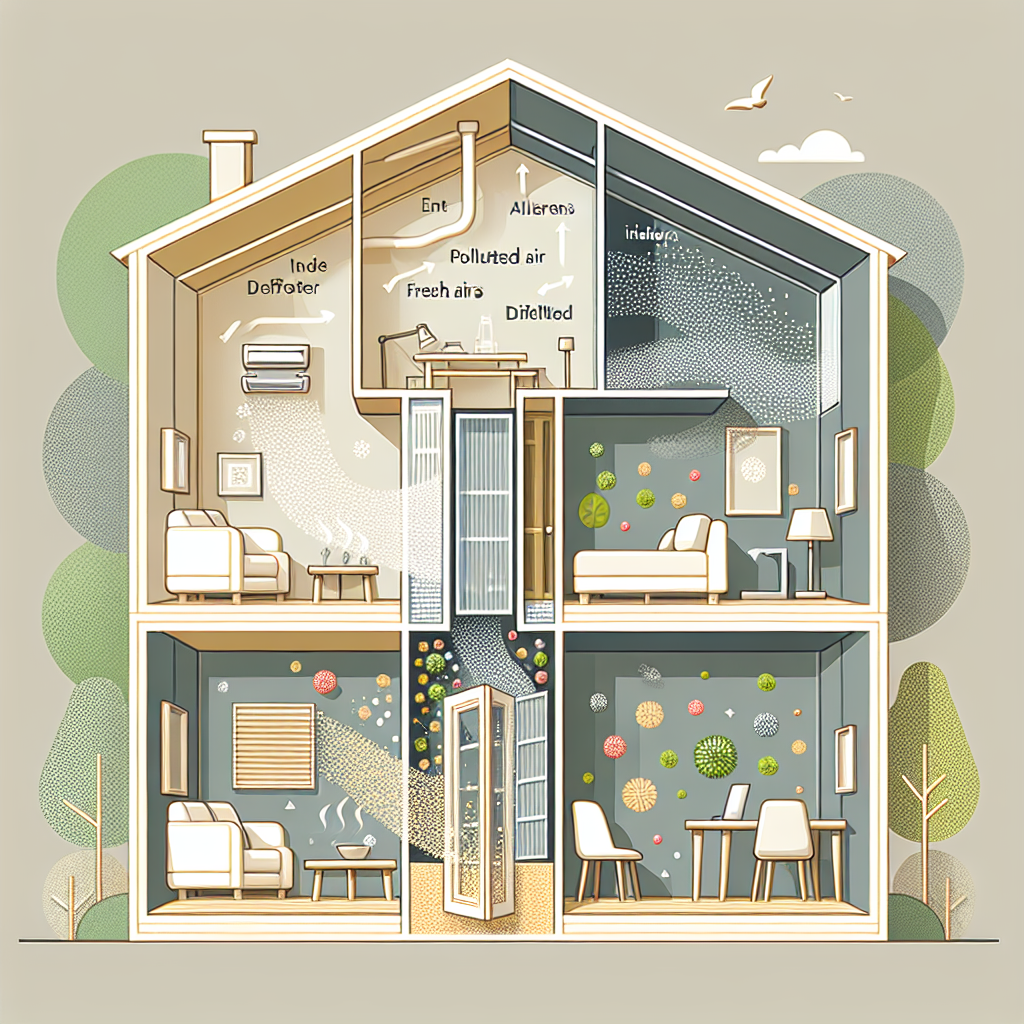Indoor air pollution is a growing concern, as we spend a significant amount of time indoors. Poor indoor air quality can have a negative impact on our health, leading to respiratory problems, allergies, and other health issues. One of the key factors that can affect indoor air quality is ventilation.
Ventilation plays a crucial role in maintaining a healthy indoor environment by circulating fresh air and removing pollutants and allergens. Proper ventilation helps to dilute and remove indoor air pollutants such as volatile organic compounds (VOCs), carbon monoxide, and particulate matter. It also helps to control humidity levels, which can prevent the growth of mold and mildew.
Inadequate ventilation can lead to a buildup of indoor air pollutants and allergens, which can exacerbate respiratory conditions such as asthma and allergies. Poor ventilation can also contribute to the spread of infectious diseases, as airborne pathogens can linger in the air and infect occupants.
On the other hand, proper ventilation can help to improve indoor air quality and reduce the risk of health problems. By bringing in fresh outdoor air and removing indoor pollutants, ventilation can create a healthier and more comfortable indoor environment. This is especially important for vulnerable populations such as children, the elderly, and individuals with respiratory conditions.
There are several strategies that can be used to improve ventilation and indoor air quality. These include using mechanical ventilation systems such as exhaust fans, air purifiers, and HVAC systems with air filters. Natural ventilation, such as opening windows and doors, can also help to bring in fresh air and improve indoor air quality.
In addition to ventilation, it is important to address other sources of indoor air pollution and allergens, such as smoking, cleaning products, and pet dander. Regular cleaning and maintenance of HVAC systems, as well as using air purifiers and air filters, can help to reduce indoor pollutants and allergens.
In conclusion, ventilation plays a critical role in maintaining a healthy indoor environment and reducing indoor air pollution and allergens. By implementing proper ventilation strategies and addressing other sources of indoor air pollutants, we can create a healthier and more comfortable indoor environment for all occupants.


Leave a Reply